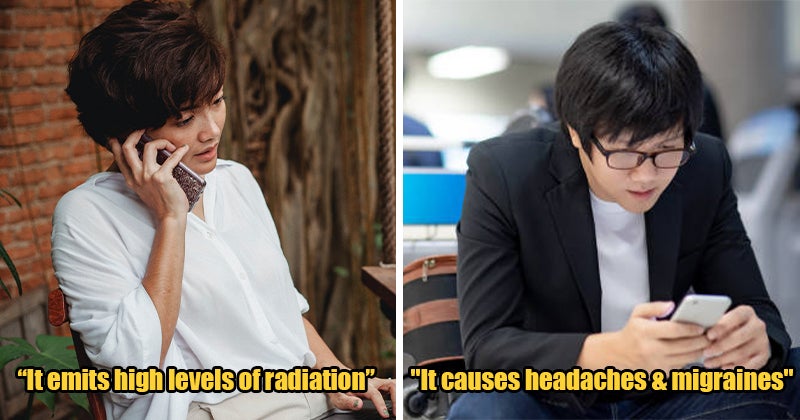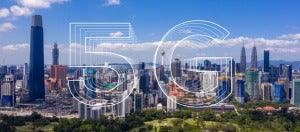By now, most of us would have heard about the launch of 5G technology in Malaysia. It has been widely discussed among Malaysians and extensively covered in the news and social media.
But with high levels of attention and discussion come some widely believed misconceptions that have caused a lot of confusion among many Malaysians. Therefore, in this article, we will debunk the most common myths about 5G and share how this technology actually benefits us.
MYTH 1: 5G causes cancer and brain tumours.
Truth: The radiofrequency (RF) electromagnetic energy used in 5G technology is non-ionising, which is unlikely to cause cancer.
According to the Cancer Council, the non-ionising radiation in 5G can be considered harmless, as it is unable to damage our DNA and cause mutations. This is unlike ionising radiation, such as UV rays, which can be cancerous. That said, we should be more concerned about the UV rays emitted by the sun as compared to our phones or 5G technology. While it is true that prolonged exposure to high levels of radiation can lead to cancer, the level of radiation from 5G is too low to cause gene mutations.

MYTH 2: 5G masts or base stations emit dangerous levels of radiation.
Truth: The base stations are designed and built within safety boundaries to ensure the health and safety of the community.
The force of the radiofrequency electromagnetic fields decreases greatly with distance. Hence, base stations and their antennas are built at a height and away from the community. The public is exposed to low levels of radio waves which are inadequate to cause adverse health effects.
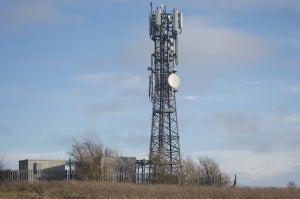
MYTH 3: 5G is responsible for spreading Covid-19.
Truth: The Covid-19 virus is proven to spread through contaminated fluids as well as droplets and airborne particles in the air.
Unicef stated that viruses are unable to travel through mobile networks. Besides, the Covid-19 virus has been spreading even in areas without 5G technology. Rather, the virus transmits when one inhales contaminated air or comes in contact with contaminated fluids, such as mucus and saliva from infected individuals.

MYTH 4: 5G development endangers the environment.
Truth: 5G and other related technologies actually play an important role in reducing our carbon footprint.
While it is true that 5G masts require more energy to operate, the technology is efficiently designed to regulate its power use on demand. In fact, Vodafone found that the incorporation of 5G and other connected technologies can help the UK reduce around 2.7-3.3 million tonnes of CO2 emissions annually. Hence, 5G technology plays a fundamental role in helping the UK achieve Net Zero by 2050.
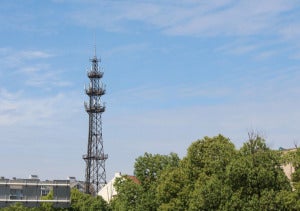
MYTH 5: Using 5G leads to headaches, migraines, and dizziness.
Truth: Headaches, migraines, and dizziness are more likely to be caused by excessive phone usage and bad posture.
As mentioned in previous points, studies have shown that the radiation from 5G is predominantly benign. While users connecting to 5G networks may experience headaches, migraines, and dizziness, these symptoms are more likely to be caused by extended screen time and unergonomic postures, which results in:
- Eyestrain
- Fatigue
- Blurry vision
- Eye discomfort
- Light sensitivity
- Neck pain

Myth 6: 5G is just a faster version of 4G for smartphones.
Truth: Other than increased speed, 5G offers a wide range of functionalities for many devices across different industries.
Besides the increase in speed, 5G also promises decreased latency and an increased number of connections. This means that our electronic devices can be operated without perceivable lags, which boosts productivity. Other than that, the launch of 5G will bring about a huge impact on many industries, such as:
- Robotics: Machines can operate at higher precisions to complete more tasks faster.
- IoT: Provides higher data transfer speed and a more stable connection for monitoring systems that depend on real-time updates, such as security cameras.
- Automobile: Self-driven cars can be developed, whereby traffic conditions and directions are monitored by onboard computers.

Now that we’ve debunked some of the myths surrounding 5G, here’s what you need to know about 5G technology and how it will actually help you:
First off, what is 5G and how does it work?
5G is a fifth-generation cellular network built to provide users with:
- Faster connectivity speed
- Greater bandwidth
- Ultra-low latency
- Massive machine-to-machine communications
Like all wireless communication systems, 5G uses radio frequencies to transmit data through the air. It operates in higher radio frequency bands that were previously untapped.
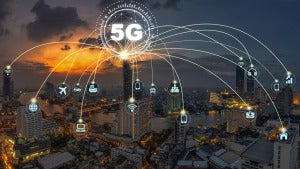
The 5G rollout in Malaysia
The development of 5G technology in Malaysia is undertaken by Digital Nasional Berhad (DNB). Established in 2021, this company seeks to achieve the key outcomes and goals outlined in the Malaysia Digital Economy Blueprint (MyDIGITAL). DNB is responsible for:
- Developing 5G infrastructure and network nationwide
- Providing wholesale 5G coverage and capacity to other licensees
So, how will 5G benefit us?
The advanced features of 5G open the doors to a wide range of possibilities that benefit various industries and even our day-to-day lives. Here are just some of the benefits of using 5G:
- Quicker download and upload speeds
- Minimal to no lags or interruptions
- Incorporation of IoT: autonomous vehicles, smart cities, advanced gaming
- Improved industrial automation: increased productivity
- Development of augmented and virtual realities

All in all, the development of 5G technology possesses no threats to our health and safety. Rather, it elevates our everyday lives by making our day-to-day tasks easier, faster, and more convenient.
Are you excited about the 5G rollout in Malaysia? Let us know in the comments below!

